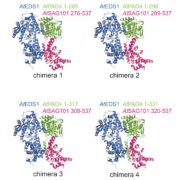
Reconstituting an NLR cell death branch (Plant Cell)
Plant Science Research WeeklyArabidopsis genetics has identified numerous genes required for pathogen perception and defense response activation. Some of these genes are functionally conserved across plants and others are not. Toll-Interleukin1-Receptor (TIR)-domain NLRs (TNLs) are immune receptors that function upstream of EDS1…
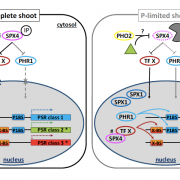
SPX4 acts on PHR1-dependent and -independent regulation of shoot phosphorus status (Plant Physiol)
Plant Science Research WeeklyPlant phosphorus homeostasis is important to understand as humans seek to increase food production while also reducing the amount of agricultural inputs and environmental pollution. In their recent paper, Osorio and colleagues expand our current understanding of phosphorus homeostasis in Arabidopsis…
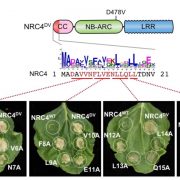
An N- terminal motif in NLR immune receptors is functionally conserved across distantly related plant species (bioRxiv)
Plant Science Research WeeklyPlants have robust NLR (nucleotide-binding, leucine-rich repeat proteins) immune signaling networks consisting of sensor NLRs and helper NLRs that counteract diverse plant pathogens by inducing cell death at sites of pathogen infection. A recent preprint by Adachi et al. has defined an N terminal motif…
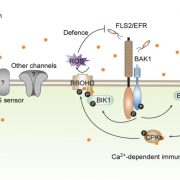
A calmodulin-gated calcium channel links pathogen patterns to plant immunity ($) (Nature)
Plant Science Research WeeklyCalcium ions mediate calcium-based defense responses in pattern triggered immunity (PTI) upon detection of pathogen patterns by plant surface receptors. A new study by Tian et al. has elucidated the molecular events that activate the calcium response. The authors show that adequeate calcium nutrient…
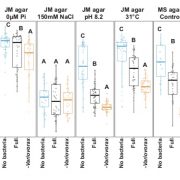
Root development is maintained by specific bacteria-bacteria interactions (bioRxiv)
Plant Science Research WeeklyUnderstanding plant-microbe and microbe-microbe interactions is challening. Both kinds of interactions have significant impacts on plant health and nutritional uptake. Finkel et al. address how microbe-microbe interactions shape plant phenotypes by using the synthetic microbial community (SynCom) consisting…
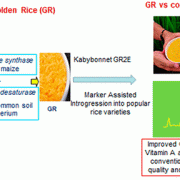
Compositional analysis of genetically engineered GR2E “Golden Rice” (J. Agric. Food Chem.)
Plant Science Research WeeklyIn Southeast Asian countries, rice accounts for two-thirds of the caloric intake for many people. This narrow dietary base is often correlated with vitamin A deficiency, which can cause blindness, anemia and weakened immunity. In an effort to enhance vitamin A consumption, rice has been engineered to…

Plant Science Research Weekly: July 26th
Blog, WWR Full PostReview: Sulfated plant peptide hormones
It’s hard to believe that when I was a student we were taught that “plants don’t have peptide hormones”. Since then we’ve discovered many diverse families of plant peptide hormones (see the Teaching Tool on peptide hormones for an excellent overview).…

Recognizing Plant Direct first authors: Kaisa Kajala
Plant Direct, Plant Direct: Author ProfilesKaisa Kajala, first author of Real‐time whole‐plant dynamics of heavy metal transport in Arabidopsis halleri and Arabidopsis thaliana by gamma‐ray imaging
Current Position: Assistant Professor, Plant Ecophysiology, Utrecht University
Education: University of Cambridge (BA, MA, PhD), postdoctoral…

How to be an effective mentor
Plantae Webinars, Professional Development, Webinars0 Comments
/
How to be an effective mentor
Recorded July 25, 2019
About This Webinar
Being an effective mentor involves making yourself available to support and advise someone when they need it, delivering that support in a way that makes sense to them, and always keeping that person's best interests in…

